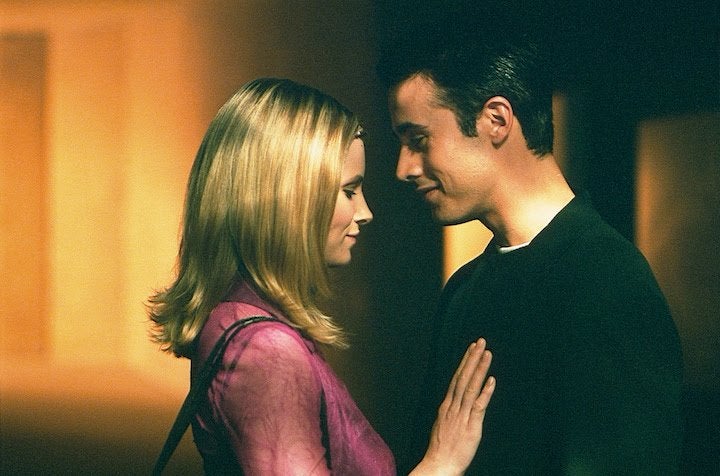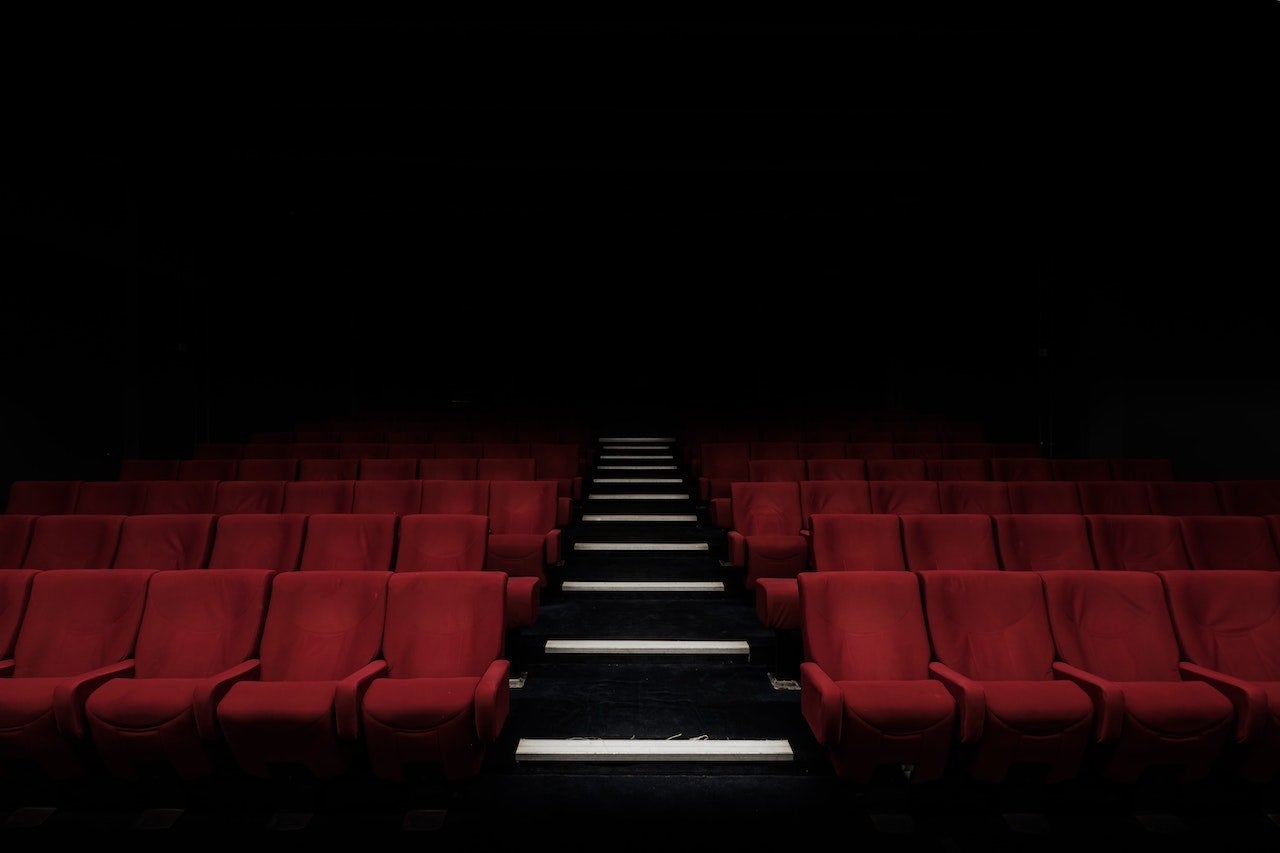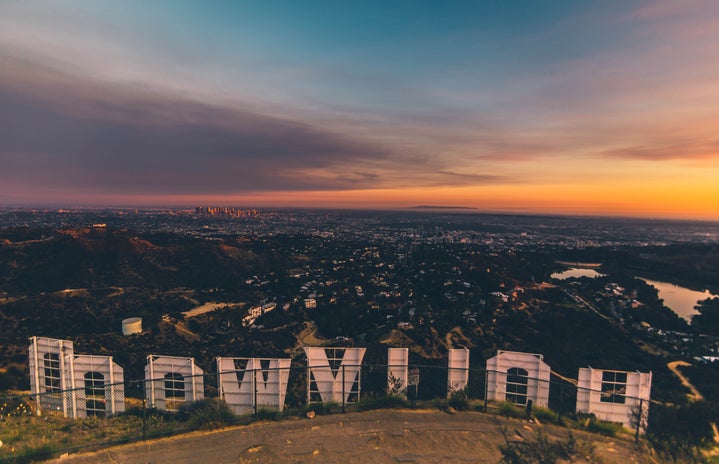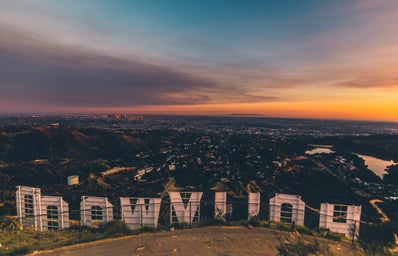Have you ever watched a movie so beautifully produced that it gives you the chills? La La Land (2016) featuring Ryan Gossling and Emma Stone does it for me. Through it’s acting, choreography, musical elements and aesthetic, the cinematic masterpiece tells a story about dreams in the city of angels.
Both Sebastian and Mia, a jazz musician and an actress, venture to Los Angles to pursue their aspirations, only to face letdown after letdown. Sebastain dreams of saving jazz music from it’s misery, while Mia hopes to land her big break. The film goes beyond the typical romance aspect and seeps into the beauty of struggling to find direction. Mia actively calls Sebastian out on settling for a joint band instead of going for what he truly came to LA to achieve: his own jazz club. When Sebastian starts to doubt if he even enjoys his passion anymore, it’s clear that the financial profit became more important than his dream. Mia, on the other hand, faces continuous rejection from auditions and questions her motive for acting. She even suggests to Sebastian that she can go back to school. Towards the end of the film, a flashforward reveals that Mia and Sebastian were in fact able to make it in the arts industry, despite their failed attempts years prior. La La Land explores how holding onto a little glimpse of hope in a world so unaccomadating to success in the arts can reveal one’s true character. It serves as a love letter to aspiring musicians or actresses who are hoping to make it on the big screen or stage. Not only does it reveal a romanticized (yet realistic) version of life, but it also highlights the authenticity of the American Dream.

Through long takes and varying camera angles with enhanced, lowkey lighting, the cinematography in La La Land deserves a standing ovation on its own. You’ll notice that the camera tends to react to the beats of the music, which emphasizes the fluidity of the film. The whole project almost mimics the production of a music video or a dream sequence in this way. Each scene is a piece of art with its own dynamics. With minimal dialogue, the flow of the characters from one setting to the next relays the plot. You’ll also notice the use of color, especially the contrast between the natural light and the costume coloring that conveniently correlates to the intended mood. Deep, rich blues showcase a “Hollywood under the stars” scenario, while the expressionism of color in Mia’s apartment signify youth and dreams.

If you are looking for a film that breaks the conventional musical and provides a heightened sense of reality that keeps you on your toes, I would suggest La La Land. As a communication major who just took a class on film theory and cinematic elements, I was able to develop a newfound appreciation for films. It’s all about the way it makes you feel, I’ve gathered. Everything, from the mellow piano sounds to the trippy, continuously-edited scenes, gives me the chills.



